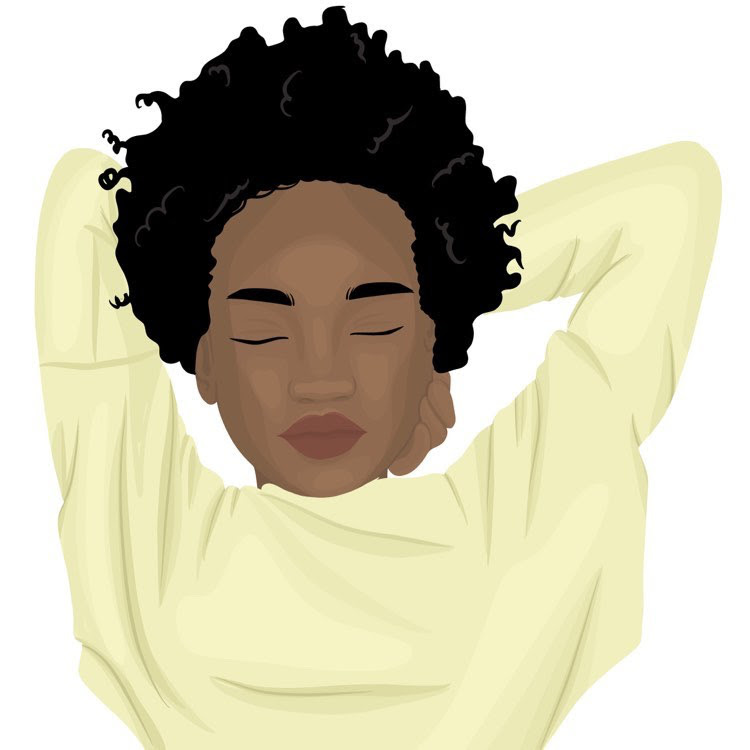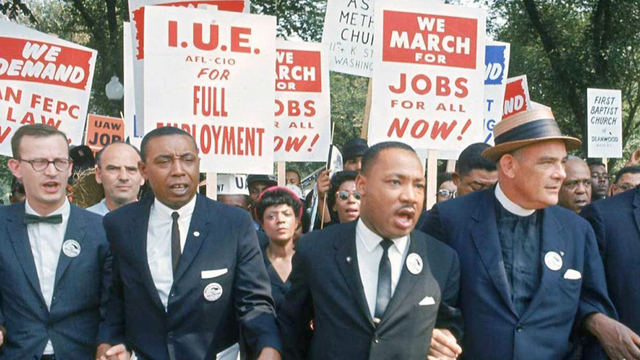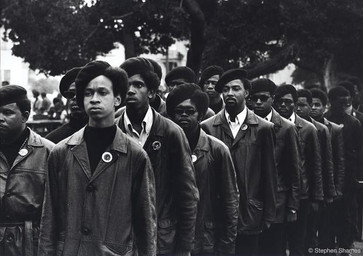Trending|Dress code: Black on Black
- Jenn.

- 20 juin 2021
- 1 min de lecture
Let's talk about the Black Panther Party (originally Black Panther Party for Self Defense). It's 1966, in Oackland, a suburb of San Francisco, California. Huey P. Newton and Bobby Seale complete the drafting of the party's birth certificate; a 10-point program that sets out the party's ideals. There are many socio-economic demands such as full employment or access to housing and education for all Black Americans. Self-Defense because Huey and Bobby are convinced that the only way to protect the black American community is to organize armed neighborhood militias to watch the police at every stop and thus prevent any abuse of the law.
The aesthetics of the Black Panther Party is in contrast to the classic suit and tie of the "Luther King" years. It's superbly explained in the article I linked. But for those who do not understand English, the suit and tie was intended to contrast the "proud, dressed and dignified" civil rights protesters with the rabid crowds that attacked the protesters. Huey P. Newton and Bobby Seale address a different audience, that of the black working classes where there was a certain social precariousness. The supporters of the Black Panther Party are proud young people, freed from the diktats of European beauty. The beret is a reference to all popular movements of resistance to imperialism (e.g. Che Guevara). The lustrous leather jacket is generally worn by men and expresses Black Power's ideal of masculinity: strength, dominance and militancy.












